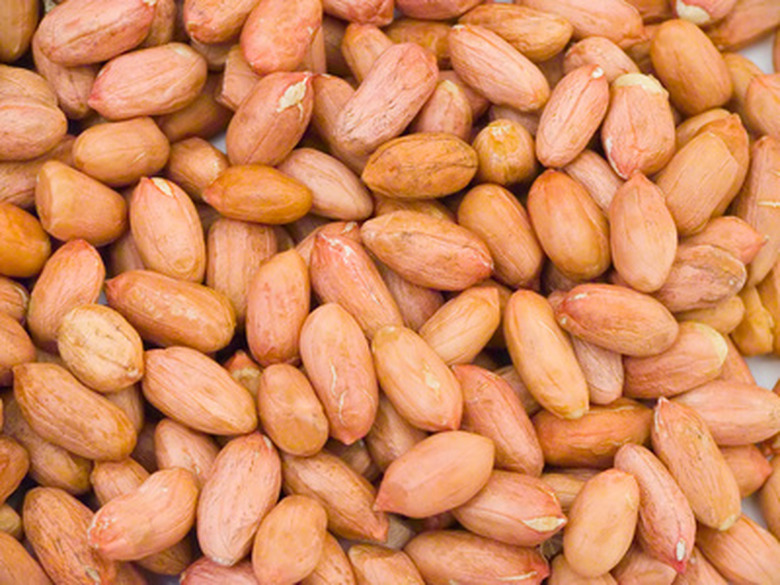Why Are Lipids Insoluble In Water?
Lipids are a broad group of chemicals that include steroids, fats, and waxes characterized by their insolubility in water. This insolubility is often referred to as hydrophobic, or "water-fearing." However, this term may be misleading as their insolubility in water is due to the water molecule's much greater affinity for other water molecules than a repulsion between the lipid and water molecules.
Polar and Nonpolar Bonds
Polar and Nonpolar Bonds
The carbon to carbon and carbon to hydrogen bonds found in lipids are considered nonpolar. This means the electrons in the bond are shared relatively equally between the atoms. Conversely, the electrons in the bonds between hydrogen and oxygen in a water molecule are not shared equally resulting in a slight positive charge on the hydrogen atom and a slight negative charge on the oxygen atom. These slight charges on the atoms in the water molecule, called dipoles, result in water being referred to as a polar molecule.
Hydrogen Bonding
Hydrogen Bonding
Polar covalent bonds such as those found in water allow the formation of hydrogen bonds, a weak attractive force between the slight negative charge in one polar molecule and the slight positive charge in an adjacent polar molecule. While the individual hydrogen bonds are weak, their cumulative effect greatly influences the physical properties of polar compounds. Polar compounds tend to have much higher melting points than similar molecular weight nonpolar compounds, and solubility is influenced by the presence or absence of hydrogen bonds.
Lipid Structure
Lipid Structure
Lipids are formed from long chains of hydrocarbons. Hydrocarbon compounds are notable for the long sequence of carbon to carbon bonds with hydrogen atoms bonded to the carbon atoms. The similar electronegativity, a measure of an atom's ability to attract electrons, of carbon and hydrogen atoms results in hydrocarbons forming long nonpolar chains.
Saturated and Unsaturated
Saturated and Unsaturated
Carbon atoms may bond with up to four additional atoms. A single pair of electrons shared between two atoms is termed a single bond. Saturated lipids have single bonds between the carbons on the chain (carbons always form single bonds with hydrogens). In unsaturated lipids, one of the carbon to carbon bonds is double bonded (four electrons are shared between the atoms). This double bond reduces the number of hydrogen atoms on the molecule and creates a bend in the chain. Simply put, the saturated lipids have as many hydrogen atoms as possible surrounding the chain of carbons, where unsaturated lipids have less than the maximum number of possible hydrogen atoms surrounding the carbon chain as a result of the double bond between two or more of the carbon atoms.
Amphipathic Compounds
Amphipathic Compounds
Some lipids are amphipathic where a hydrophilic chemical group such as a carboxyl or phosphate group is attached to one end. The hydrophilic end interacts with the water molecules while the hydrophobic tail of the molecule retains its hydrophobic nature. This dual nature allows these molecules to form the membranes of living cells. They are also present in soaps where the combination of a hydrophobic tail and hydrophilic head allows other lipids to be dissolved into water.
Cite This Article
MLA
Chandler, David. "Why Are Lipids Insoluble In Water?" sciencing.com, https://www.sciencing.com/lipids-insoluble-water-6137937/. 24 April 2017.
APA
Chandler, David. (2017, April 24). Why Are Lipids Insoluble In Water?. sciencing.com. Retrieved from https://www.sciencing.com/lipids-insoluble-water-6137937/
Chicago
Chandler, David. Why Are Lipids Insoluble In Water? last modified March 24, 2022. https://www.sciencing.com/lipids-insoluble-water-6137937/
